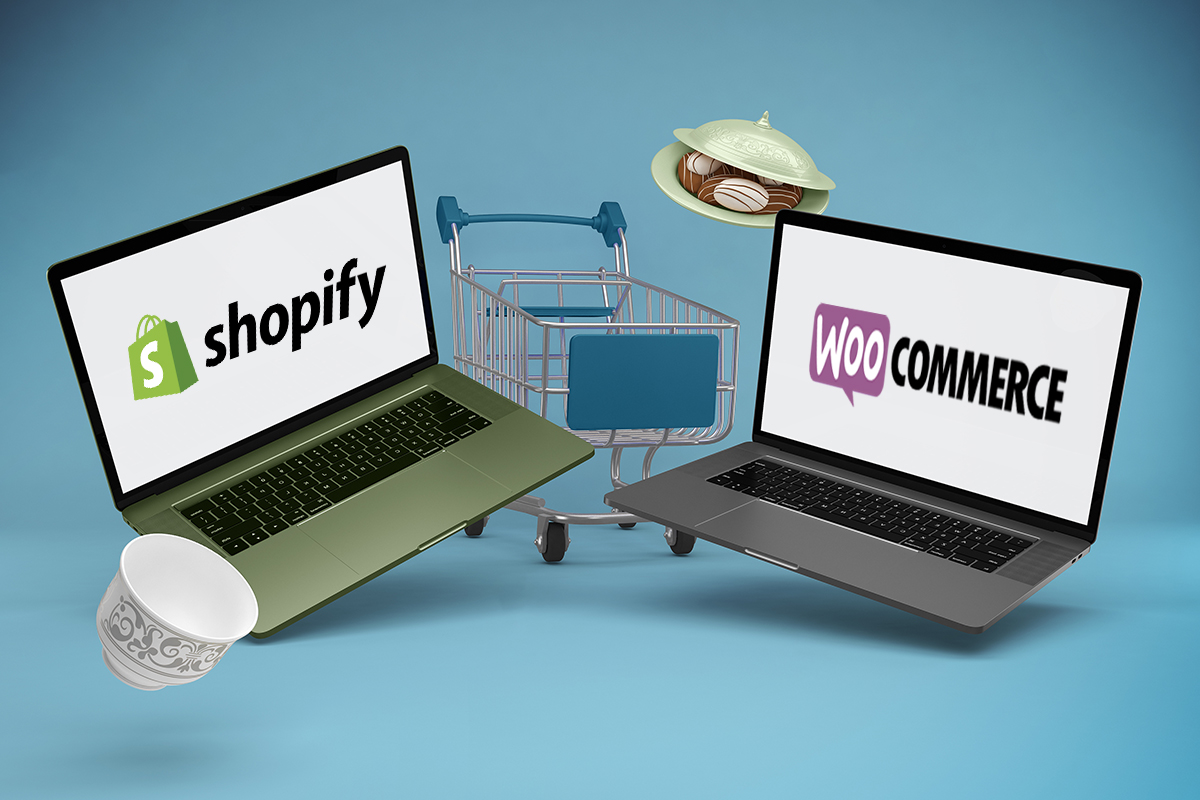As businesses in Iloilo adapt to the new digital era, a significant step is selecting the ideal eCommerce platform. Two prominent names that often arise in this discussion are Shopify and WooCommerce. Both offer a range of features designed to increase your online visibility, engage with a broader consumer base, and facilitate online sales. However, the choice between them can be challenging. This comprehensive guide will compare these platforms across crucial areas to help businesses in Iloilo make an informed decision.
Understanding Shopify and WooCommerce
Shopify is a global eCommerce solution that provides everything you need to start, grow, and manage a business. It simplifies the process of setting up an online store with a user-friendly interface and robust features.
On the other hand, WooCommerce is an open-source eCommerce plugin for WordPress, offering flexibility to create an online store precisely as you envision it. It provides a highly customizable eCommerce solution, albeit with a steeper learning curve.
Ease of Management and Maintenance
Shopify manages all technical aspects, including site maintenance, security, and backups, so you can focus on your business. The platform’s intuitive dashboard and drag-and-drop builder make it simple to design and manage your online store.
In contrast, WooCommerce users are responsible for site maintenance, security, and backups. However, there are numerous resources and community forums available to assist you.
Flexibility and Scalability
WooCommerce provides complete control over your online store with thousands of plugins and themes for customization. On the other hand, Shopify offers enough customization options to create a unique online store. It scales impressively, accommodating businesses of all sizes, handling increased traffic and larger sales volumes efficiently.
Costs
Considering costs in the local currency, here’s how these platforms stack up:
Shopify operates on a monthly subscription model. The Basic Shopify plan costs PHP 1,624.58/month (USD 29/month), Shopify plan at PHP 4,443.66/month (USD 79/month), and the Advanced Shopify at PHP 16,759.38/month (USD 299/month). Additional costs might include premium themes, extensions, transaction fees (unless using Shopify Payments), and credit card fees.
WooCommerce is free to download and install. However, additional costs come into play, such as web hosting (typically PHP 168.06 – PHP 1,680.60/month or USD 3-$30/month), a domain name, an SSL Certificate, and optional paid extensions. These costs can accumulate but also allow for a greater degree of customization.
Payment and Delivery
Both platforms support a wide range of payment gateways. Shopify offers its own Shopify Payments, eliminating transaction fees, but charges a fee for other payment gateways. In contrast, WooCommerce doesn’t impose additional charges.
For delivery, both platforms offer robust solutions. Shopify integrates with numerous carriers such as UPS, DHL, and USPS, providing calculated shipping rates. WooCommerce, with the help of extensions, supports various shipping options and calculated rates.
Support and Community
Shopify offers 24/7 support through phone, email, and live chat, in addition to an extensive knowledge base, forums, and tutorials. WooCommerce, while not providing direct support, benefits from a large and active community. The WordPress forums are filled with expert developers and users who can help with any issues.

In the end, the choice between Shopify and WooCommerce will depend on your specific needs, budget, technical expertise, and long-term goals. If you value simplicity, comprehensive support, and a hands-off technical approach, Shopify is your best bet. However, if you prioritize flexibility, control, and customization, WooCommerce might be the better fit.
Both platforms provide robust eCommerce solutions capable of growing with your business. Therefore, carefully evaluate both platforms and choose the one that aligns best with your business objectives. Your online store represents a vital step in enhancing your business visibility and reaching a broader audience in today’s digital age.




leave your comment